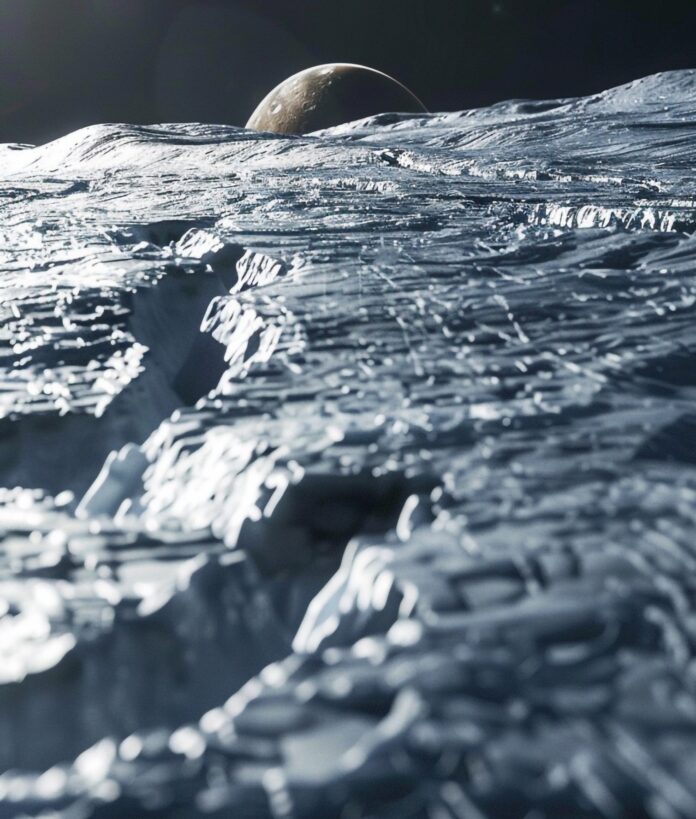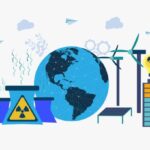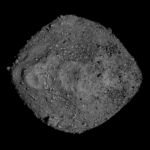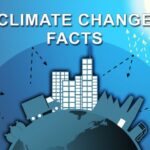As we explore beyond our ocean world we are finding water, water everywhere. It is frozen deep in the bottom of craters on the Moon. Europa and Enceladus are ocean moons of Jupiter and Saturn. More recently we have found that Mars contains an ocean of water beneath its red and dusty surface. Now add Ariel, a large moon circling Uranus to the list.
It appears that water is common throughout our Solar System and likely by conjecture, elsewhere in the Milky Way and other galaxies. How much of that water is liquid is another story. Telltale signs of liquid water can be seen in geysers erupting from the surface of Europa and Enceladus. On Mars during seasonal changes observed by orbiters, streaks often appear on cliffsides that look like water seeping from below the surface and then heading downhill before evaporating.
The Perseverance and Curiosity Martian rovers continue to explore what appear to be previously habitable environments where surface water flowed several billion years ago in the early history of the red planet. Even the red, oxidized surface colouration of Mars indicates a past where liquid water was present.
A recent discovery by Perseverance may show preserved life that existed there billions of years ago. Where life exists on Earth, there is water. That’s why looking for water beyond our planet is seen as the most likely place to find alien life.
A quick look at the latest two off-Earth water discoveries follows.
The Martian Interior Underground Liquid Water Reserve
More than once has water been found under the surface of Mars. The Mars Advanced Radar for Subsurface and Ionospheric Sounding (MARSIS) on the ESA orbiter, Mars Express, collected data from 2012 to 2015 that indicated a lake of liquid water 1.5 kilometres (less than a mile) beneath the planet’s south polar ice cap.
Now we can add a second source of water found beneath the planet’s by NASA’s Insight. The lander collected data from seismic readings over four years from 2018 to 2022 using an onboard seismometer before it was retired. It detected a large underground reservoir of liquid water between 11.5 and 20 kilometres (7.1 to 12.4 miles) below the surface (see the image below with a cutout of the Martian interior. NASA estimates that the amount of water found could cover Mars with an ocean between 1 and 2 kilometres (0.6 to 1.2 miles) deep.
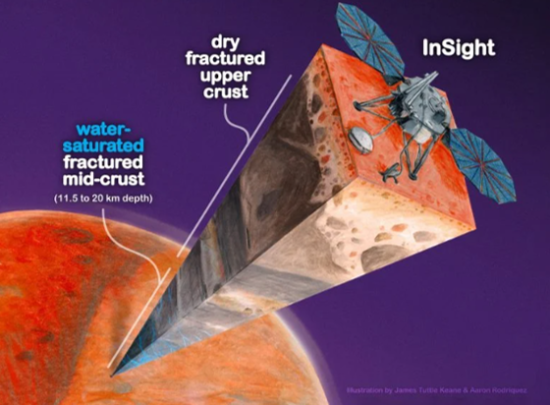
I can hear those in the fossil fuel industry yelling “Drill baby drill” to bring this underground reservoir of water to the surface to help terraform the planet. Drilling for water on Mars, however, may not be as easy as on Earth. Rigs need to be adapted for transportation to the planet and in-situ assembly. Martian subsurface stratigraphy may pose unknown challenges to existing drilling technology. Any deployed rigs would have to operate autonomously. Then there is the concern that by tapping this subterranean water reservoir we may be destroying Martian life. A brief report published last week in the journal Proceedings of the National Academy of Sciences (PNAS) describes the findings coming from studying four years of Insight seismic data. The liquid water is contained within highly porous fractured igneous rocks and may represent only a small volume of the total volume to be found under the Martian surface. In the paper, the authors speculate that what was found beneath Insight “may be global.”
Ariel Evidence Suggests A Subsurface Ocean
The Astrophysical Journal Letters published an article that indicates Ariel may be the next candidate ocean world to be found in the Outer Solar System, joining a sister moon, Miranda, as well as Jupiter’s Europa, and Saturn’s Enceladus and Titan. Ariel is one of the 28 known moons that circle Uranus and is its fourth largest, discovered in 1851.
Ariel’s surface material is composed of carbon dioxide (CO2) and carbon monoxide (CO) ice. States Richard Cartwright from the Johns Hopkins Applied Physics Laboratory in Maryland, heading up a research time that has been studying Ariel, the CO “shouldn’t be there” considering the temperature variations the moon undergoes. Cartwright states that Ariel isn’t cold enough for CO to remain stable on the surface. It should be disappearing but instead persists which likely points to a subsurface source that continues to replenish it.
We don’t know a lot about Ariel. Our first good look came with the Voyager 2 flyby almost 40 years ago. The James Webb Space Telescope (JWST) is filling in our knowledge gaps and has allowed the Johns Hopkins researchers to study Ariel’s surface composition of CO2 and CO ices as well as carbonate minerals. The latter two’s presence suggests a subsurface liquid water source.
Ariel’s icy surface (see image below) appears to have the right topography with many canyons and fissures where a subsurface ocean could be leaking contents to the surface in geyserlike plumes like the phenomenon observed on Europa and Enceladus.
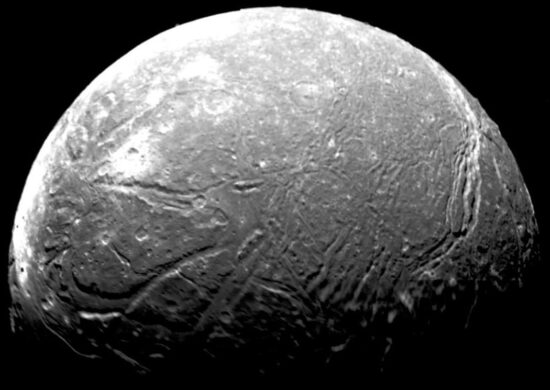
From Voyager 2 we only saw the side Ariel presents to Uranus. It is the far side perpetually facing away that needs study. That’s where Ariel’s issues and scars may be the main source of the CO2 and CO ice and carbonate minerals. The Johns Hopkins team believe both Ariel and Miranda, a sister Uranian moon, are emitting plumes indicating water worlds lie beneath. The researchers are advocating for a future spacecraft like Cassini to be sent to do a multi-decade study of the Uranian system and its ocean-world moons.
